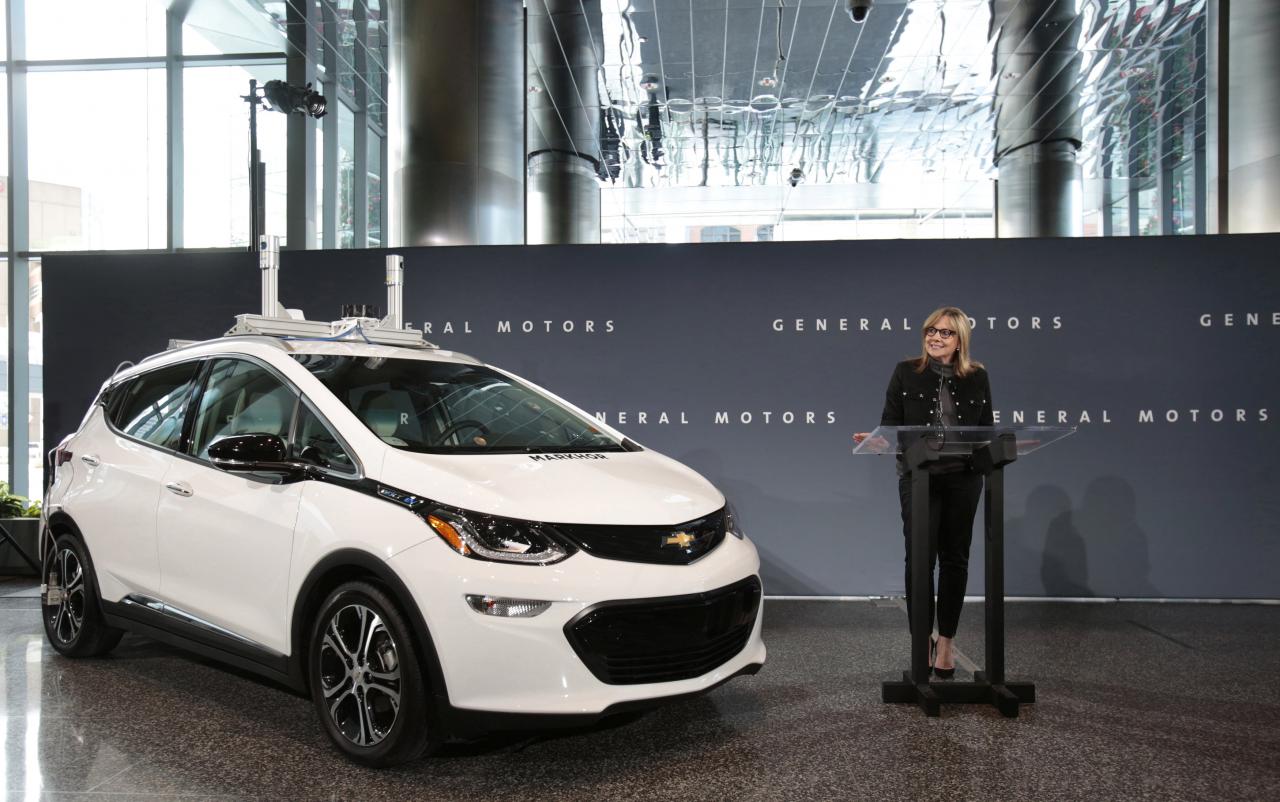The United States’ largest automaker, General Motors, is gearing up to launch completely autonomous fleets of ride-hailing cars – hopefully all-electric – across major U.S. cities by 2019.
The goal is certainly an ambitious one since its rival Ford has similar plans, but for 2021.
How will GM achieve its goal two years ahead of Ford?
First of all, we have to appreciate the fact that GM has made all the right investments and formed the right partnerships. From the acquisition of Cruise Automation, to investing in and partnering with Lyft to launch “thousands of self-driving electric cars” in 2018, to partnering with Uber on a 90-day pilot program to provide cars to their drivers, the company has moved to aggressive timelines so far.
However, far from being streamlined and clearly focused on a few achievable goals, GM’s strategy for both self-driving cars and ride-hailing services appear a little all over the place.
For example, they’ve got Maven, a car-sharing service that’s primarily (80%) used by millennials between the ages of 18 and 34. That’s a very different model from a ride-hailing service like Uber or Lyft, which is closer to a taxi service than Maven’s rent-a-car approach.
Earlier this year the company expanded its Maven Gig service to new cities including Los Angeles, followed by Boston, Phoenix, and Washington, D.C., and then Baltimore and Detroit. The Gig service, in case you were unaware, allows ‘gig economy workers’ who don’t own their own cars to rent out Maven automobiles to drive for Uber, Lyft and other app-based services.
So, that now begs the question: Does Maven somehow figure in this new, ambitious plan or is it going to run independently? If it’s the latter, then how does GM pushing self-driving cars to the market as a ride-hailing service complement (or conflict with) Maven as a car-sharing one?
And that’s not all.
General Motors also has the Lyft partnership to jointly deploy thousands of autonomous electric cars by 2018. Little has been revealed of that plan since it was announced, but GM and Lyft are presumably still working together on the automation front.
And on top of all that GM now has this new goal of launching its own ride-hailing service in 2019.
With such a splayed-out strategy and practically no time in which to mobilize all the different parts, what does GM eventually intend to do? And when?
Our best guess is that the company’s entire strategy for self-driving cars and electric vehicles is still a work in progress that could see new announcements and altered timelines in the not-too-distant future.
But in the meantime, the general melee (or mêlée, for you “linguisticklers”) around GM’s fixation on self-driving tech, electric vehicles, car-sharing and ride-hailing projects has done a great job of galvanizing investors into a state of frenzy, sending the stock to all-time highs.
Nicely done, Mrs. Barra. Maybe your master plan is still not ready to be fully revealed, but we do admire the smoke and mirrors show in the meanwhile.
+++ + +++



